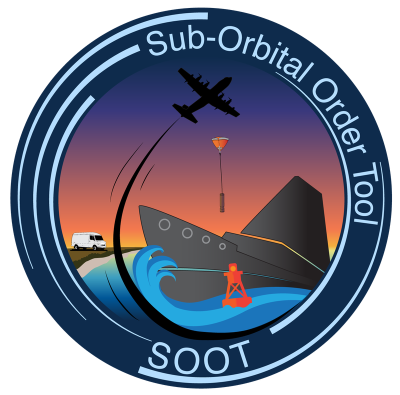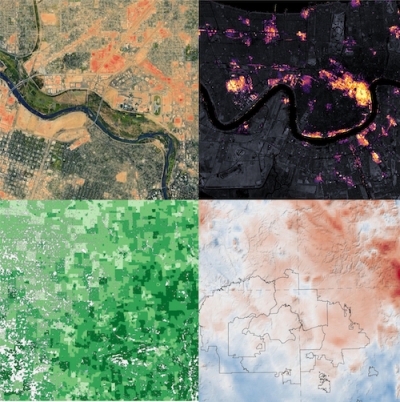NASA data and data products exist for the purpose of furthering scientific research. In fact, a primary charge of NASA is ensuring that all data produced by NASA, including the code and algorithms used to produce these data, are available fully and openly to data users. This full and open data policy also ensures that there is no period of exclusive use of these data or access to these data, and that they are made available as soon as practical following the launch of a satellite or the start of a mission. NASA has been a leading advocate for providing full and open access to data and algorithms since the 1990s.
A key component of this effort is NASA’s Earth Observing System Data and Information System (EOSDIS), which is responsible for processing, archiving, and disseminating NASA’s vast collection of data from Earth observing satellite, airborne, and ground-based missions as well as socioeconomic data. EOSDIS currently provides access to more than 27.5 petabytes of archived data and more than 11,000 unique data products along with the metadata, algorithms, source code, and imagery associated with these products (see NASA’s complete Earth science Data and Information Policy as defined by NASA's Earth Science Data Systems (ESDS) Program). More than 1.61 billion EOSDIS data products were distributed in FY 2018, with 4.4 million users accessing EOSDIS data and services worldwide.
These data are not just for individual use, but also are freely available for corporate use as well. Forestry, agriculture, disaster relief, software development, commercial mapping, and shipping are just some of the areas in which NASA Earth science data and products have been used to not only develop businesses, but also provide a wide range of societal benefits.
As we near the 30th anniversary of the establishment of NASA’s Earth Observing System (EOS) Program in 1990, the 25th anniversary of the first distribution of data under NASA’s full and open data policy in 1994 with the operational release of EOSDIS, and the 20th anniversary of the flight of the first mission specifically designed to provide data under NASA’s full and open policy (the Tropical Rainfall Measuring Mission (TRMM)) in 1997, advances in instrumentation and innovations in data distribution technology have led to what may be called a golden age of Earth science data. On behalf of NASA’s ESDS, we appreciate your use of these resources and look forward to seeing the results of your work with them!
Additional Resources
NASA Data Rights and Related Issues
Earthdata Application Program Interfaces (APIs)


